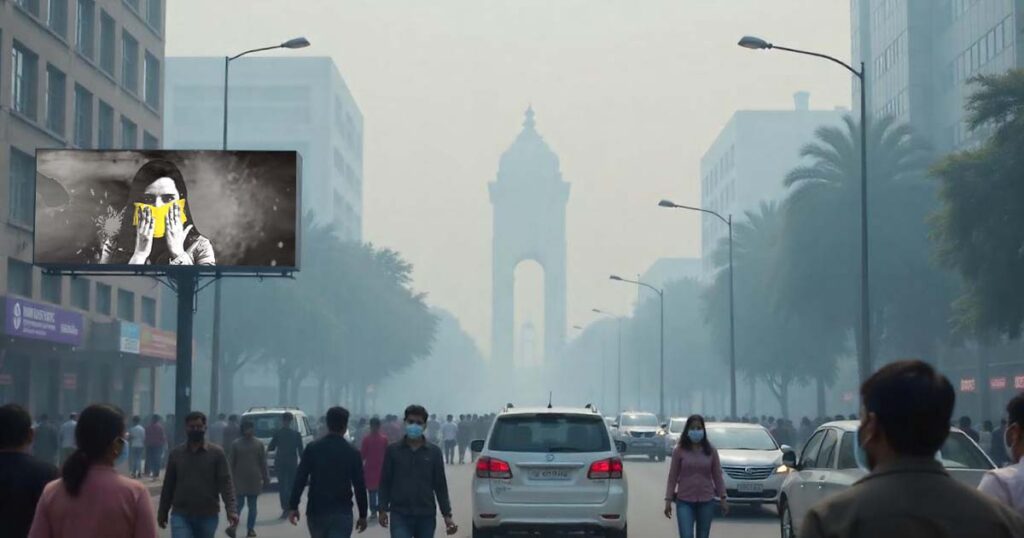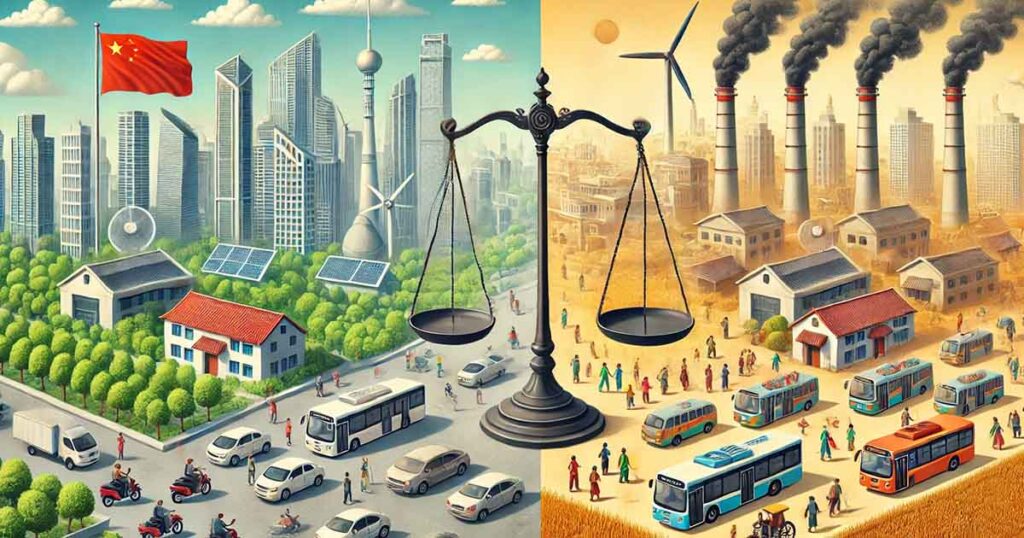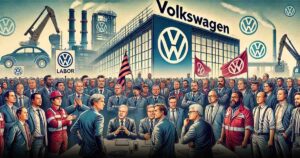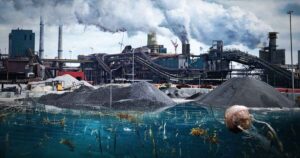In recent years, pollution has emerged as one of the most pressing environmental and public health issues across the globe, with India and China being two of the world’s largest contributors to air quality degradation. While China has made significant strides in addressing its air pollution problems, India, particularly the capital city of Delhi, is grappling with a worsening pollution crisis. This stark contrast raises questions about the effectiveness of environmental policies and the challenges facing urban areas in developing nations.

The Context: Pollution in China and India
Both China and India have long struggled with poor air quality, driven by rapid urbanization, industrial growth, and a heavy reliance on coal. However, the two countries have taken divergent paths in tackling this issue. China, with its heavy industrial base, has invested massively in pollution control technologies and regulatory enforcement. Meanwhile, India, despite recognizing the severity of the pollution problem, has faced significant challenges in curbing emissions and improving air quality.
China’s Success in Pollution Control: A Model for Progress?
Over the past decade, China has made remarkable progress in improving air quality, particularly in major cities like Beijing, which was once notorious for its smog. A combination of stringent policies, technological advancements, and political will has contributed to this improvement, setting an example for other nations grappling with similar environmental challenges.
1. Stringent Air Quality Regulations
One of China’s most significant moves towards improving air quality has been the establishment of strict environmental regulations. The Chinese government implemented a series of five-year plans aimed at reducing air pollution levels and controlling emissions from industrial sources, power plants, and vehicles. These measures included:
- Air Quality Standards: China introduced national air quality standards in line with global benchmarks, focusing on particulate matter (PM2.5), nitrogen oxides, and sulfur dioxide.
- Emission Reductions: The government imposed tougher emission limits on coal-fired power plants and other industrial facilities, reducing their environmental impact.
2. Transition to Clean Energy
China has also made impressive investments in renewable energy sources, including wind, solar, and hydropower. The country is now the world leader in the production and installation of solar panels and wind turbines. As part of its clean energy push, China has also phased out or reduced the operation of many coal-fired plants in favor of cleaner energy alternatives.
- Green Urban Planning: Major cities in China have shifted towards more sustainable urban planning, incorporating green spaces, electric buses, and improving public transportation to reduce vehicle emissions.
3. Technological Innovations
Technological innovation has played a critical role in China’s pollution control efforts. The country has developed advanced air pollution monitoring systems that provide real-time data on air quality. These systems help inform both policymakers and the public, enabling timely interventions to address pollution spikes.
4. Public Awareness and Government Accountability
Public awareness campaigns, alongside stricter government accountability, have driven local governments to comply with national air quality standards. Penalties for non-compliance and the willingness to close down highly polluting factories have shown China’s commitment to addressing air quality concerns.
Despite these efforts, challenges remain in rural areas and small cities, where pollution levels continue to rise due to less stringent enforcement.
India’s Struggling Air Quality: A National Crisis
In contrast to China’s progress, India, particularly cities like Delhi, has seen its air quality worsen in recent years. Delhi, one of the most polluted cities globally, faces annual air pollution crises, particularly during the winter months. Factors such as vehicular emissions, construction dust, industrial emissions, and stubble burning contribute significantly to the toxic air that envelops the city.
1. The Air Pollution Crisis in Delhi
Delhi’s air pollution levels frequently exceed safe limits, with particulate matter (PM2.5) and nitrogen oxides reaching hazardous levels. During the winter months, the situation worsens, with smog enveloping the city for days. The crisis is compounded by factors such as:
- Vehicular Emissions: Delhi has a rapidly growing vehicle fleet, with thousands of cars and trucks contributing to the daily pollution load.
- Stubble Burning: In neighboring states like Punjab and Haryana, farmers burn crop stubble to clear fields, creating toxic smoke that drifts into Delhi’s atmosphere.
2. Inadequate Regulatory Enforcement
Despite having air quality regulations in place, India’s regulatory enforcement has been weak, particularly at the local level. The lack of effective monitoring, insufficient penalties for violators, and inconsistent enforcement have led to continued environmental degradation.
- Air Quality Index: The AQI in Delhi often reaches “severe” levels, where even healthy individuals can suffer adverse health effects. However, air quality monitoring and timely interventions are not always adequate to prevent such pollution spikes.
3. Slow Transition to Clean Energy
India’s transition to clean energy has been slower than China’s. While India has made progress in solar power, it remains heavily dependent on coal for electricity generation. Despite significant renewable energy investments, the country still faces challenges in scaling up clean energy technologies to meet growing energy demands.
- Vehicle Emissions: India has been slow to implement stricter vehicle emission norms, and many old, polluting vehicles still operate in major cities, exacerbating the pollution levels.
4. Lack of Political Will and Public Engagement
While pollution is a recognized issue, political will to tackle it effectively has been lacking. Policy inconsistency, delays in implementation, and the failure to address sources of pollution at their roots have hindered progress. Public awareness campaigns are often insufficient or ignored, and the government’s focus on economic growth sometimes takes precedence over environmental protection.
The Comparison: Why China’s Model May Not Be a Perfect Fit for India
While China’s pollution control efforts offer valuable lessons, India faces unique challenges that make direct replication difficult. The scale of India’s population, the rapid pace of urbanization, and the reliance on coal make pollution management a complex issue. Unlike China, India’s political landscape is more fragmented, with regional variations that complicate national policy implementation.
Key Differences:
- Political Structure: India’s federal system and fragmented political landscape make nationwide policy enforcement more challenging than in China, where the central government holds significant control over local authorities.
- Industrial Growth: India’s industrial growth has been slower than China’s, and while China’s rapid industrialization triggered pollution, it also meant that the country could enact sweeping policies to address these issues early on. India’s growing economy, on the other hand, is still highly reliant on polluting industries.
- Public Engagement: Public awareness of pollution issues is growing, but it’s not yet at the level seen in China, where citizens are actively involved in discussions and hold the government accountable for pollution control.
Conclusion: A Call for Action and Change
India’s air quality crisis, particularly in cities like Delhi, calls for urgent action. While China’s progress in pollution management offers hope, India must adapt strategies to fit its unique challenges. Strengthening regulatory frameworks, promoting renewable energy, improving public transportation, and reducing emissions from agriculture and industry are vital steps toward cleaner air. The road ahead may be difficult, but with the right political will, public engagement, and targeted policies, India can begin to tackle its pollution crisis more effectively.
The future of India’s urban centers depends on a collective effort from the government, industries, and citizens to clean the air and safeguard the health of millions. The lessons from China are clear: aggressive action, long-term planning, and technological innovation can lead to a cleaner, healthier future.






